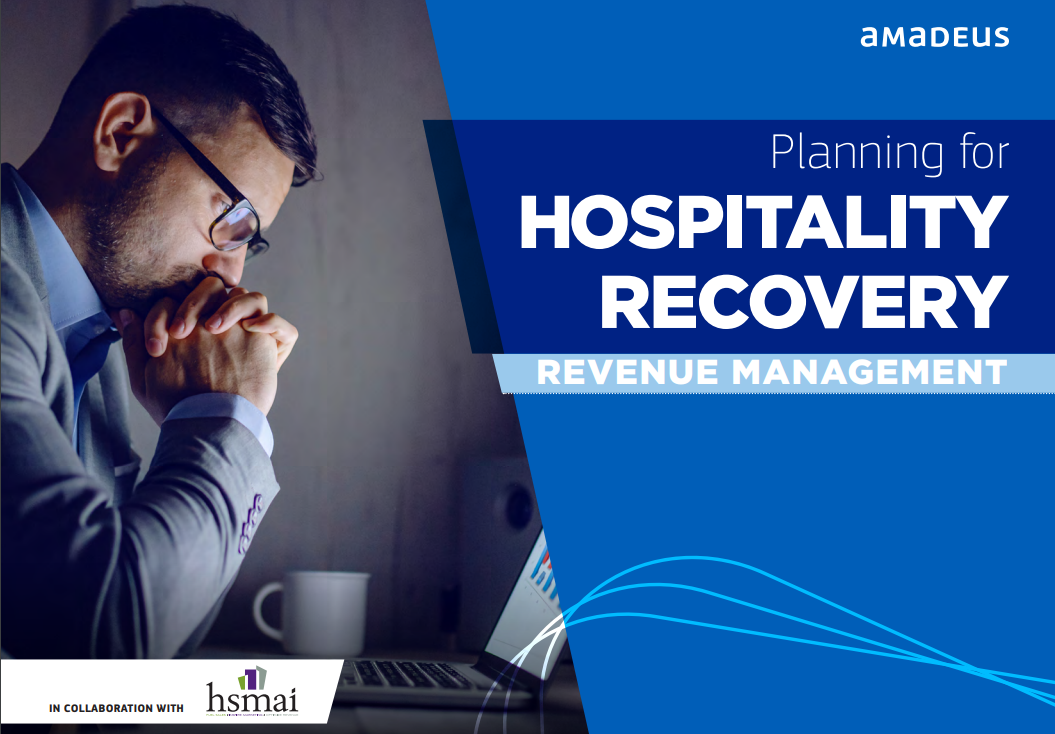 An effective pricing strategy requires flexibility throughout each phase of travel recovery. One common reaction in times of crisis is to dramatically reduce your hotel’s average daily rate (ADR) to boost near-term revenue. While significantly dropping ADR may be a temporary solution, it can take much longer to recover from. Instead, go back to the basics of your pricing strategy to adapt to this ever-changing landscape.
An effective pricing strategy requires flexibility throughout each phase of travel recovery. One common reaction in times of crisis is to dramatically reduce your hotel’s average daily rate (ADR) to boost near-term revenue. While significantly dropping ADR may be a temporary solution, it can take much longer to recover from. Instead, go back to the basics of your pricing strategy to adapt to this ever-changing landscape.
OCCUPANCY
Only 17 percent of HSMAI survey respondents feel confident in their current rate and occupancy forecasts. Therefore, it’s critical to focus on finding a baseline for what your occupancy levels will look like throughout each phase of recovery. Make sure to double-check applicable government guidelines to see if there are any restrictions on occupancy, and be realistic about the volume of guests you think will book. Let that perspective help drive the rates you offer in each phase of your plan.
DEMAND
Keep a constant pulse on any changes in your local or regional markets that could trigger a rise or fall in demand. Be prepared to change your rates at a moment’s notice. There is going to be an overabundance of supply for travelers to initially choose from, so be thoughtful in your pricing to remain competitive.
LENGTH OF STAY
Think about how to entice or reward guests based on the length of their stay. Consider steeper discounts on long stays or adding in small upgrades like spa credits or a free room upgrade. You may even generate interest from families in the area who don’t necessarily want an overnight stay but would use a room and your property’s amenities (for example, pool, spa, golf course) for the day to get out of the house. Embrace opportunities to monetize your property’s assets and bring in valuable short-term revenue.
UPSELLING OR PACKAGING
Take advantage of everything your hotel and location have to offer. Compile a list of tours, services, and experiences your front desk or reservations agents can use to upsell. It will be important to partner with sales and marketing teams to see what ideas they can come up with to differentiate your property. If you’re close to the airport, offer to book guests a private shuttle transfer. If you have a restaurant or lounge onsite, promote a happy-hour drink special, or if there is a golf course nearby, offer discounted tee times or club rentals. Having strong partnerships with other local businesses that cater to your target traveler segments is a win-win.
TYPE OF GUEST
Be careful about segmenting price based on type of guest. Everyone, including business travelers, will have less money to spend than they did before COVID-19. Opening your doors with the same rates as when you closed your doors may cause more harm than you expect. Keep a close eye on how your competition is changing rates and build a plan that can easily adapt to change.
LOYALTY GUESTS
Think about the best prices you can offer loyal and repeat guests booking your hotel. Leverage your CRM tools to segment, personalize, and target communications and special offers to both loyalty program members and “shadow loyalty” guests (non-program members that have a history of repeat bookings) as a thank-you for their continued business.
Review your loyalty redemption inventory allocations, since many leisure guests may be looking to redeem accumulated points to keep costs at a minimum for their hotel stays. Make sure you can remain flexible in your redemption abilities, and don’t hesitate to promote redemption usage while also inspiring ancillary spend on your other outlets to increase revenue.
Excerpted from Planning for Hospitality Recovery – Revenue Management, a new playbook available from HSMAI and Amadeus. For additional information, insights, and tools, visit HSMAI’s Global Coronavirus Recovery Resources page.
